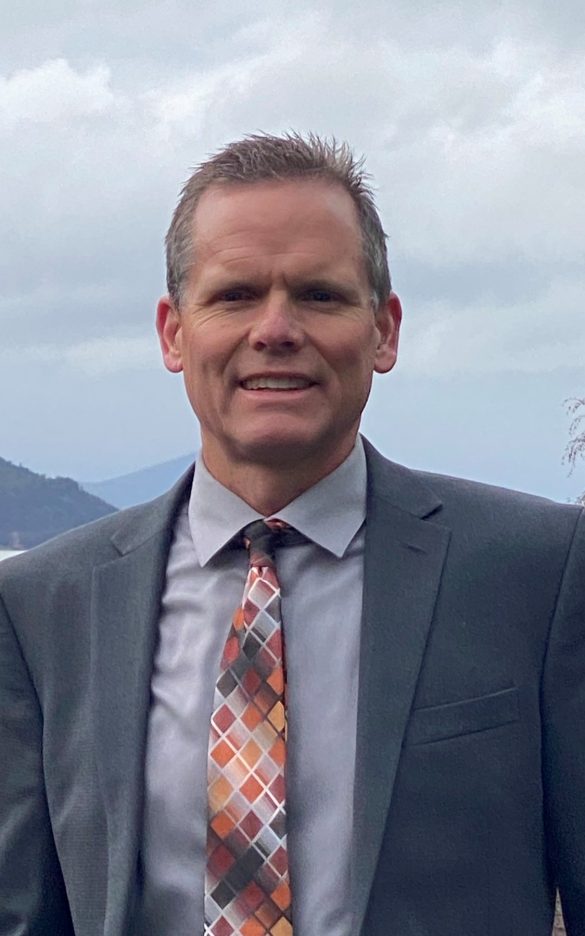The mouse click that ignited the fire
The spark that triggered a whole cascade of IT issues began when an employee clicked on an attachment to an email containing malware. The email offered employees a bonus and contained a small malicious program that spread through the entire Sky Lakes IT environment, encrypting server after server.

Figure 1: The email and the Google Document that contained the malware causing the ransomware.
The attack was detected the same day when a nurse reported that the electronic medical record (EMR) system was running slowly. Later that day, the IT department confirmed that it was a ransomware attack. Gaede had to act quickly and started to make phone calls in the middle of the night. Imagine the 3:30 a.m. phone call: “We have been hit by ransomeware.”
The entire hospital was put into a paper-based emergency procedure with a workflow reminiscent of the 1970s.
A fight against the clock
Gaede and his team worked tirelessly to resolve the situation — and the situation was really bad. Sky Lakes is a remote, rural hospital located in southern Oregon and serves a 10,000-square-mile area with no other hospitals nearby. It was critical for patient safety to get as many of the IT systems up and running as quickly as possible.
Initially, every system — including the financial, supply chain, EMR, diagnostic imaging, cardiology, and laboratory systems — was offline and all files were encrypted. In addition, the attack occurred during the first wave of the pandemic, making it even more challenging for hospital staff to care for patients without access to their tools. It was a fight against the clock since lives were at stake.
The situation in radiology

John Gaede, Director of Information Systems at Sky Lakes Medical Center in Oregon
In radiology, all modalities were able to continue running. Due to the loss of access to the PACS, radiologists had to be onsite at the hospital to read images, and could only access images on each individual modality. The attack also caused archiving issues as the images had to be burned onto CDs for storage to free up space on the scanners for more exams. The situation quickly turned critical as massive workloads started to pile up.
Gaede says that patient safety became a major concern. A few days into the attack, he reached out to the provider of the hospital’s radiology reporting software for help. The reporting side of radiology was quickly restored, but the PACS was a different story. The current PACS vendor estimated that it would take at least three months (60-90 days) to restore or rebuild the system. This was not an option.
Resolving the issue by “changing gears”
“If the current PACS provider can’t help, then we will find a vendor that can,” says Gaede. He contacted a friend in diagnostic imaging for advice on the best alternate PACS vendors. Four days after the attack, he contacted two vendors and asked them to come up with a plan to get the hospital back online as soon as possible.
Sky Lakes needed an enterprise imaging solution for radiology that included everything: PACS, RIS, reporting, scheduling—all integrated into a single application and to be deployed overnight. This was no small request.
The two vendors’ offerings were scrutinized, and a decision was made immediately under the leadership of the Department of Imaging, the hospital’s radiologists, senior management, and information services. By 2:00 p.m. the same day, Gaede notified Sectra/Electromek (Electromek being a Certified Sectra partner), M-Modal/3M (Voice Dictation/Reporting) and AbbaDox (RIS) that they had been selected.
The reasons for selecting Sectra
In the evaluation process, Sky Lakes gave several reasons for selecting Sectra, Geade says. These were:
- People and trust: Sectra and their partner Electromek listened to Sky Lakes’ needs and assured them they would help with support, training, deployment and everything required until they were up and running again. Gaede says: “They kept that promise, working 24/7 with hardly any sleep. And what is really amazing is that this engagement has not faded today, three years later—they still provide the same dedicated service.”
- TCO and flexibility: When Gaede did some calculations, Sectra’s full service offering turned out with a lower total cost of ownership(TCO) . The main reason was Sectra’s higher flexibility in solution design. Gaede comments: “Again, Sectra and Electromek listened to us and provided a solution to match our needs.”
- Customer satisfaction: Sectra was the vendor with the highest KLAS scores and had been ranked #1 for numerous consecutive years. Gaede says: “This really shows that they take care of their customers.”







